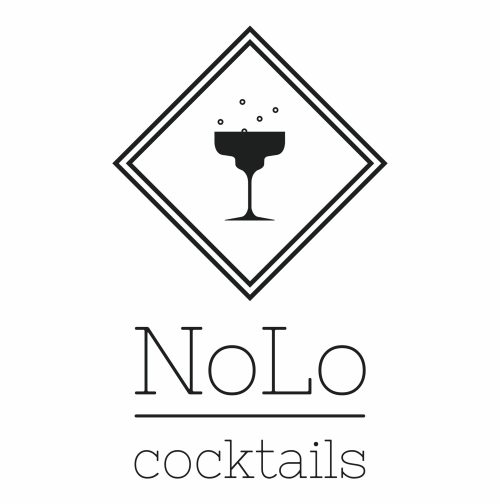Have you noticed that some products are marked as Non-Alcoholic and others as Alcohol Free? Then we also have Low Alcohol. So what do these all mean?
Firstly it’s important to point out that there is no law which sets these definitions out in UK law. They are merely guidelines, so it’s always important to check the ABV, particularly when something is described as Low Alcohol. We are seeing more and more products which will say that they are a low alcohol gin, when they have 12% ABV. They aren’t lying – for a gin that is low alcohol, but it’s not low alcohol in terms of the guidelines.
You should also bear in mind that alcohol is naturally occurring and your sour dough bread or orange juice could contain as much as 0.5% ABV.
We all have different reasons for choosing lower or no alcohol drinks. Regardless of the description, check the label and make an informed decision on what you are drinking depending on your circumstances.
Alcohol-Free:
According to UK guidelines, a drink is classified as “alcohol-free” if it contains no more than 0.05% alcohol by volume (ABV). These beverages are specifically crafted to have minimal or no alcohol content, making them a suitable choice for individuals who wish to avoid alcohol altogether. Alcohol-free options often include beers, wines, and spirits that undergo processes such as vacuum distillation or reverse osmosis to remove the alcohol while retaining the flavor profile.
Non-Alcoholic:
Non-alcoholic beverages, as defined in the UK, contain no more than 0.5% ABV. This category includes a broader range of products than alcohol-free options, allowing for a slight trace of alcohol while maintaining a low overall content. Many non-alcoholic beverages are designed to replicate the taste and experience of their alcoholic counterparts, providing an alternative for those who want to enjoy the social aspects of drinking without the intoxicating effects.
Low-Alcohol:
Low-alcohol beverages have an ABV ranging from 0.5% to 1.2%. While these drinks contain more alcohol than non-alcoholic options, they still have significantly lower alcohol content than traditional alcoholic beverages. Low-alcohol alternatives are popular for individuals who seek a milder option without the full impact of alcohol. It’s essential to note that the percentage of alcohol can vary across different brands and types of low-alcohol drinks.
As the demand for mindful drinking choices continues to grow, understanding the differences between alcohol-free, non-alcoholic, and low-alcohol beverages is essential. The UK guidelines provide a clear framework for categorizing these drinks, empowering consumers to make choices aligned with their preferences and health goals. Whether it’s enjoying a refreshing alcohol-free beer or exploring the unique flavors of low-alcohol spirits, the expanding market for these alternatives ensures that there is something for everyone in the evolving world of beverages.



Recent Comments